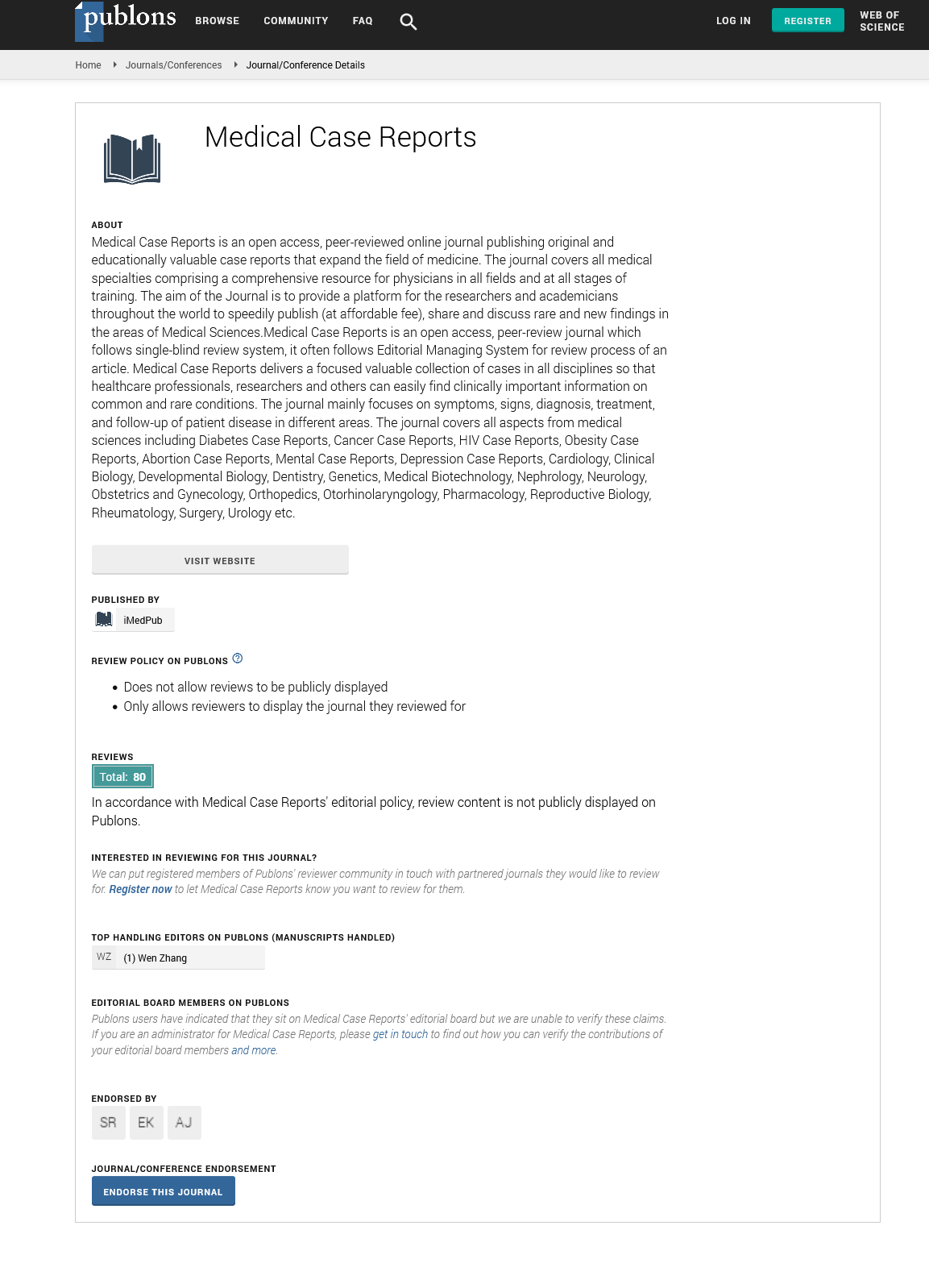Abstract
Vertebral Artery Transection in Non-Penetrating Cervical Spine Injury: A Case Report
Introduction: Vertebral artery injury associated with blunt cervical trauma has been infrequently reported. The prevalence of traumatic vertebral artery injury is approximately 0.5-2.0% to overall trauma patients, usually occurs in the setting of high-energy trauma. The most common mechanism of injury was high-speed motor vehicle collisions and pedestrian-versus-automobile collision. Here, we would like to report a case of cervical spine fracture with cord injury and left vertebral artery transection after a slipping down event that was successfully managed by endovascular intervention with favourable outcome.
Case report: A 42-year-old man having medical history of alcoholic liver disease and hepatitis C was sent to our ER in December 2016 in a conscious disturbance and hypotension state after suffering a slipping down event at a slope in a market after drinking. After resuscitation, a series of trauma imaging survey was arranged.
Results: His CT scan of brain showed essentially negative finding; his CT scan of C-spine demonstrated fracture of right transverse process and transverse foramen of C3, avulsion fracture of left transverse process of C4; his MRI of C-spine disclosed a large hematoma at pre-vertebral space, cord contusion and hemorrhage at C3/C4 without significant compressive lesion and loss of flow void at left upper vertebral artery at the level of C3-C4. Angiography was arranged to identify his vascular injury and it showed the interruption of left vertebral artery at C4 with formation of arteriovenous fistula draining into adjacent venous plexus. After evaluating his vital signs, liver function, and family discussion, endovascular intervention was preferred to manage his left vertebral artery injury. After the detachable coils were approved, successful trapping of the left vertebral artery was done by endovascular embolization. The angiography performed just before coiling showed the newly development of pseudoaneurysm closed to the injured site. 27 days after admission, he was discharged with stable vital signs, clear consciousness, but the muscle power of his right upper limb was grade 2/5 while the muscle power of his other extremities was grade 4/5 and he had no sphincter problem.
Conclusion: There is a particularly high risk for vertebral artery injury in the setting of cervical spine fractures with subluxation, and/or extension to the foramen transversarium. Under such circumstances, the vascular injury most likely occurs when tensile or shear strain exceeds the mechanical limits of arterial tissue during hyperflexion, hyperextension, anteroposterior translation, and/or forcible rotation. Displaced bone fragments can injure the artery directly especially when the foramen transversarium is disrupted. The clinician must be aware of the presence of vertebral artery injury in cases of cervical spine trauma.
Author(s):
Chi-Man Yip, Jui-Hsun Fu, Shuo-Hsiu Hsu and Shu-Shong Hsu
Abstract | Full-Text | PDF
Share this

Google scholar citation report
Citations : 241
Medical Case Reports received 241 citations as per google scholar report
Medical Case Reports peer review process verified at publons
Abstracted/Indexed in
- Google Scholar
- China National Knowledge Infrastructure (CNKI)
- Cosmos IF
- Directory of Research Journal Indexing (DRJI)
- WorldCat
- Publons
- Secret Search Engine Labs
- Euro Pub
Open Access Journals
- Aquaculture & Veterinary Science
- Chemistry & Chemical Sciences
- Clinical Sciences
- Engineering
- General Science
- Genetics & Molecular Biology
- Health Care & Nursing
- Immunology & Microbiology
- Materials Science
- Mathematics & Physics
- Medical Sciences
- Neurology & Psychiatry
- Oncology & Cancer Science
- Pharmaceutical Sciences


